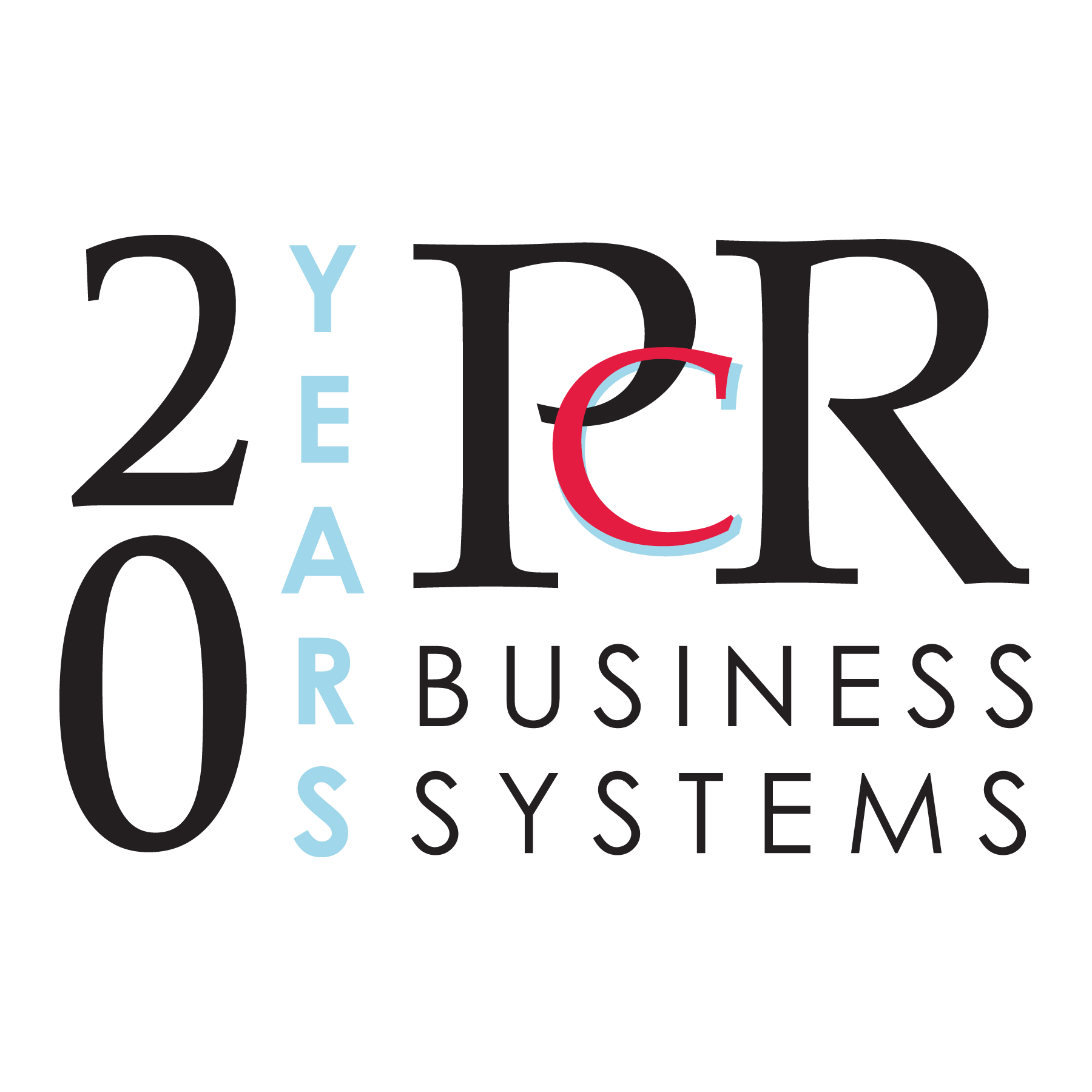Business Continuity For Small Businesses
What is your plan if your business gets hit by a natural disaster? Now what about if your network gets shut down because of a data breach? The recovery process can be very stressful, expensive, and may leave your operation out of commission for extended lengths of time. On top of that, you’ll need to worry about supporting your employees and serving your customers. These hiccups pose a lot of uncertainty, which can be a nightmare for young business owners and entrepreneurs to deal with. These are just some small factors that show why it’s important to establish a business continuity plan.
Whether you are dealing with the attacks of a natural disaster or a cyber attack, a business continuity strategy will be a solution that will help pull you out of the dark. Business continuity management (BCM) is a practice that expands on the efforts of your disaster recovery strategies. While your business is dealing with a crisis, data backup support will be streamlined so you can focus on getting your operation up to speed again. This is a great way to preserve the lifeblood of your organization so you can get back to doing what’s most important – serving your customers.
If you are still on the fence about establishing a BCM plan, then there are several factors that might put things into clear perspective. These are some of the key reasons why it’s best for businesses to define business continuity strategies in the early stages:
Millions Of Threats Are Always On The Horizon
Unfortunately, your network is always at risk. There are millions of cyber dangers swirling around the world wide web. Disaster can strike at any moment, from nearly any angle. Just one malware virus can yield enough power to wipe away your entire network. When it comes to business continuity, you can never be too cautious. Even if you have the strongest layers of firewall protection and a stable disaster recovery plan in place, business continuity is a surefire way to keep the business process of your operation running smoothly.
Any Downtime Can Be Extremely Costly
If your network takes a hit, then you may need to take some time to evaluate what to do next. Unfortunately, any downtime will keep you from running a productive operation. This can prevent you from serving customers, which will ultimately keep you from generating revenue. What’s even worse is that you’ll probably have to make expensive purchases on repairs and maintenance. This can rack up the costs and lead to failed business opportunities.
Data Backup and Disaster Recovery Is Not Enough
Risk management is about much more than just restoring your data. It’s about keeping things intact, and when a disaster ensues. If you are a business owner, there are many factors that you’ll need to gain control over. While your sensitive information like business data is certainly crucial, it is not the only worry that you should have. Fortunately, business continuity stimulates the effects of your cloud devices, helping you secure lost information faster. This will help you get your business back to peak form much more quickly.
You Will Deliver a More Positive Business Impact
Business continuity does more than just restore your data. The right technology will keep you clear of cyber dangers and make sure all our critical IT functions are on line. This gives you a leg up as it clears a pathway for you to focus your attention on customer services and other crucial business decisions. Finally, the right business continuity program comes with complimentary risk assessment software, so you are able to detect, prepare, and defend off any hazards much more efficiently.
Rely On PCR Business Systems
Our professional, experienced team will help you develop a business continuity strategy that promotes the growth and sustainability of your business. We will work alongside your team to determine your current needs and ensure all team members are educated on the necessary precautions and policies. To find out more about how a partnership with PCR business can benefit your business, contact us today!
